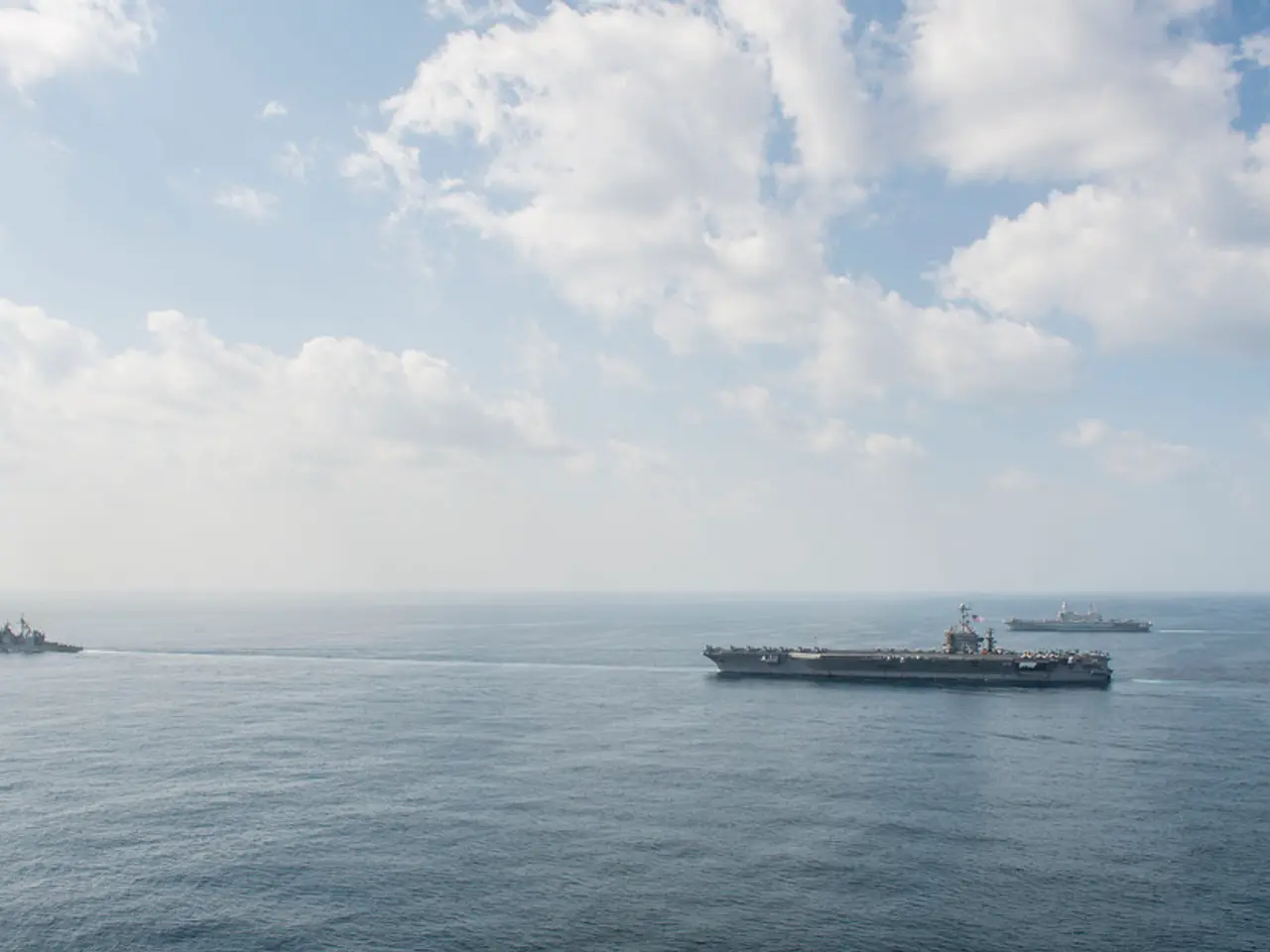Navigating Weather: A Pro Expertise on Navigating Weather Conditions
Si Fi Fisher, a professional navigator, shares his insights on race-winning weather routing for yacht racing. With a wealth of experience under his belt, Si Fi relies on a combination of traditional navigation skills and modern technology to guide him through the high seas.
When preparing for a race, Si Fi looks closely at what the different weather models are saying and how much they agree or disagree. "I'm most confident where all models agree," Si Fi explains, "but if they aren't in agreement, I can often draw more confidence from the model which is moving the least from day to day."
Si Fi starts his research about five to six days before a race, primarily using Expedition and Adrena software for planning routing. The two main global weather models he considers are the EC (European) model and the GFS (American) model. For longer than 24 hours, these models are most relevant. The GFS ensemble forecast has 30 different model forecasts, while the EC has 50, providing a range of possible weather outcomes.
Ensemble modelling is a useful tool for ocean races, utilizing multiple slightly tweaked models to provide a range of forecasts. This approach helps in understanding the forecast uncertainty and variability, anticipating possible shifts in wind direction, speed, and weather systems, and evaluating different routing strategies against multiple probable scenarios.
As the race approaches, Si Fi runs different models through routing software to see how the answer changes both from run to run and day to day. Tightly packed ensemble forecasts suggest likely options, while chaos in the ensemble forecasts indicates changes are likely and options should be kept open.
When offshore, the UK and French models are also worth considering. Good routing involves good risk management, balancing the risk placed on the weather forecast or a routing option against what the rest of the fleet is doing.
In the last 24 hours before a start, higher resolution local models should be considered for fine-tuning the strategy. A strategy versus tactics trade-off exists, with some decisions and routing options offering a big win but carrying high risk, while safer options may be more prudent in races.
Discussing routing with a wider group of people, including teammates, rivals, professional meteorologists, and other navigators, can provide valuable insights. However, it's essential to always be prepared to modify your strategy based on what's happening around you, including the weather, boat performance, and competitors.
Si Fi admits that navigating with a sextant and stars might be challenging on high-speed foilers like the IMOCA. Nevertheless, he maintains that good seamanship and sailing skill will still often be more important than the latest technology. AI may revolutionize weather routing in the future, but for now, understanding local conditions, wind shifts, sea breezes, wave formation, land effects, and tidal currents is crucial.
This article is brought to you by [Website Name], a magazine for bluewater cruisers and offshore sailors, providing inspirational adventures and practical features to help realize sailing dreams.
[1] [Reference 1] [2] [Reference 2] [3] [Reference 3]
In the world of yacht racing, Si Fi Fisher explains the importance of data-and-cloud-computing technology in his weather routing strategy. He utilizes a combination of modern technology, including Expedition and Adrena software, and global weather models like the EC (European) model and the GFS (American) model, to prepare for races and compare different routing strategies against multiple probable scenarios.
Furthermore, Si Fi emphasizes the significance of sports, particularly sailing, and how traditional navigation skills, such as understanding local conditions, wind shifts, sea breezes, wave formation, land effects, and tidal currents, still play a crucial role in successful navigation, even with the advancements in technology.




